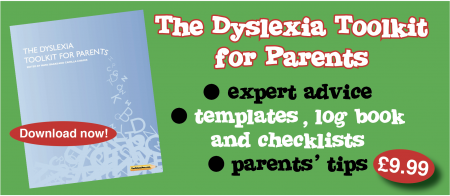How technology can boost dyslexic children's learning

Mind mapping is a visual learning technique that works by encouraging the brain to form new ideas from one core idea. It can help children to solve problems, organise their thinking, and make confident decisions.
Mind mapping and dyslexia
According to the British Dyslexia Association, problems for children with dyslexia at primary age typically include difficulties in their spoken and/or written language, problems with following instructions, poor concentration and forgetting words. Visual learning techniques, such as mind mapping, are increasingly becoming recognised as a valuable learning tool to support them.
Dyslexic learners tend to be good conceptual thinkers and are often very creative. However, they can be less able to carry out analytical and logical tasks. Mind mapping is particularly useful in this sense because it enables thoughts to be thoroughly formulated in a creative fashion that helps primary school children with dyslexia form their ideas confidently.
Tech-help
Computers are often used to support children with dyslexia, and mind mapping software helps dyslexic children by encouraging non-linear thinking. Add to that the fact that it allows for spelling and grammar checks and involves no handwriting, and mind mapping software becomes a valuable learning tool for helping dyslexic children to learn with freedom and confidence.
There are a number of mind-mapping software packages available. For example, Kidspiration® is a mind mapping solution for primary school age children which uses visual learning to strengthen word recognition, vocabulary and comprehension.
Children can build conceptual understanding in maths, improve their reading and writing, express their creativity and develop critical thinking skills as they combine pictures and words to retell stories or compare literature. These picture mind maps can then be transferred to text outlines. In this way, pupils who struggle with literacy and communicating their thoughts in a linear way can pour all their ideas onto the page, re-organise them, link them up, and then transfer to a text view which shows their ideas in a structured story or argument. Teachers have commented on how this can raise the self-esteem of students who struggle with reading and writing.
With dyslexic pupils often finding it a challenge to communicate ideas orally, being able to use mind mapping software enables ideas to be communicated quickly and without restriction, which can motivate pupils and improve their confidence in their learning.

Give your child a headstart
- FREE articles & expert information
- FREE resources & activities
- FREE homework help









